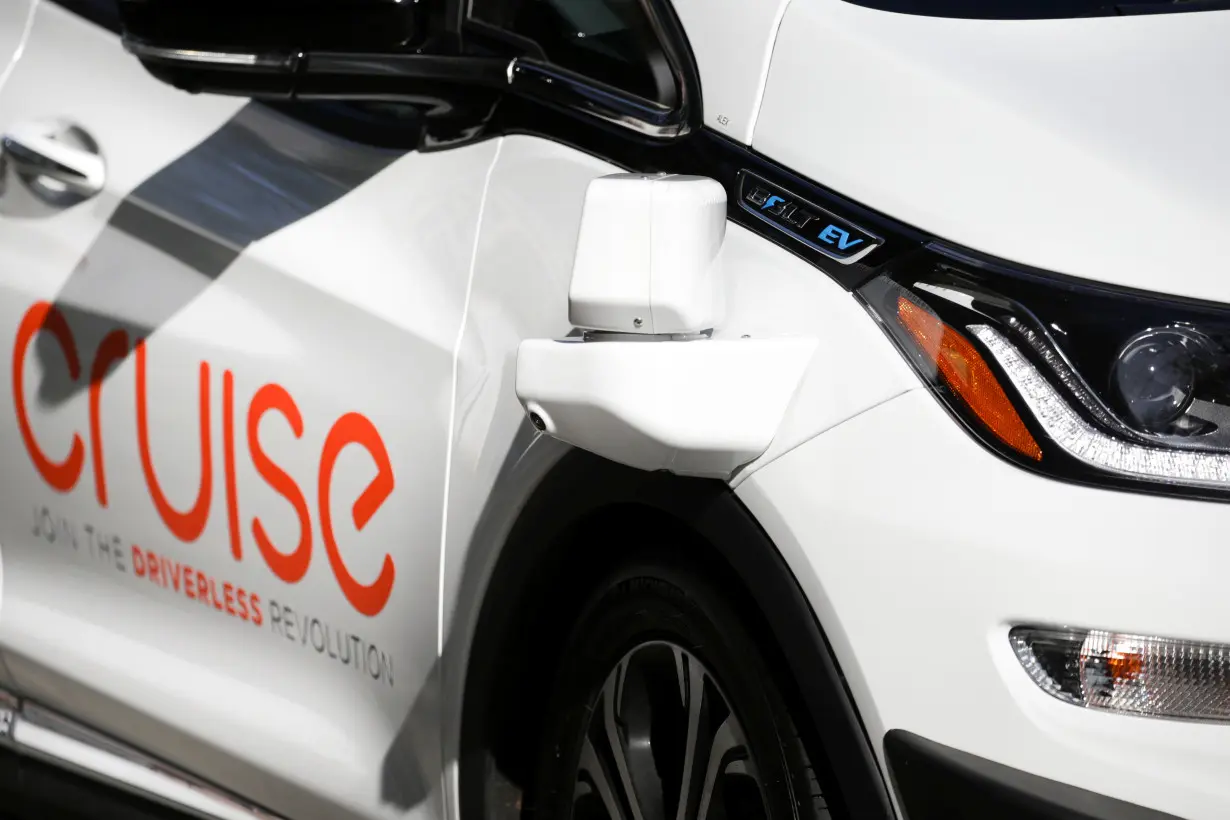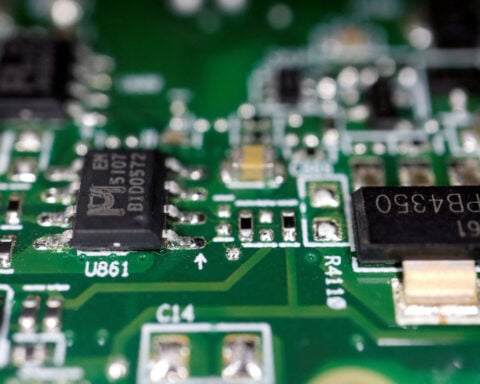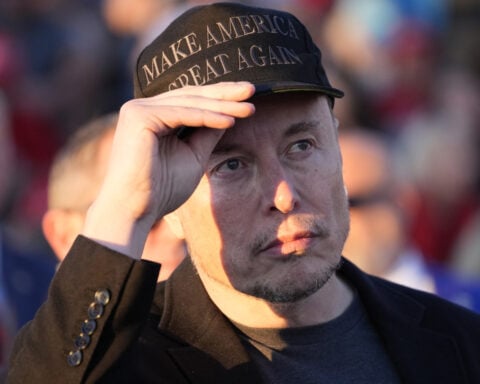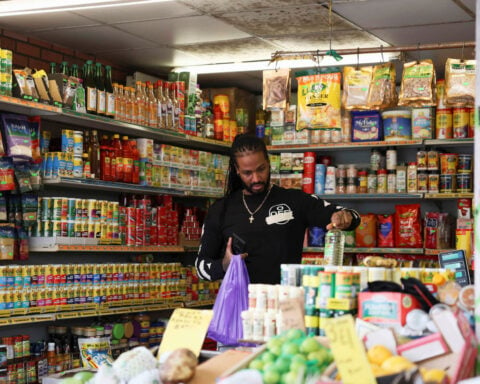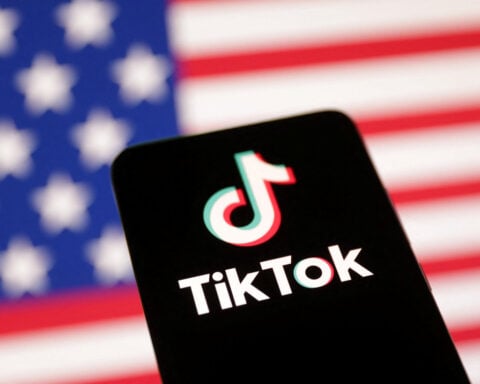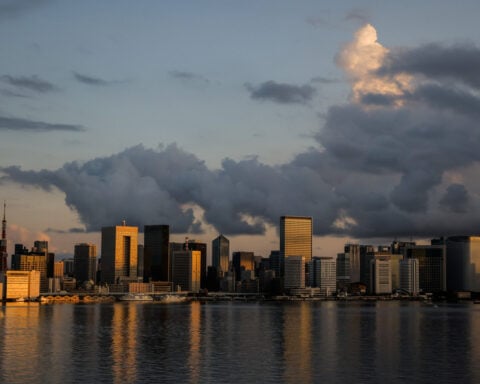(Reuters) - California's auto regulator said on Tuesday it has suspended General Motors' Cruise autonomous vehicle deployment and driverless testing permits, effective immediately, citing "an unreasonable risk to public safety."
Cruise issued a statement saying it "will be pausing operations of our driverless AVs in San Francisco."
Cruise said the California Department of Motor Vehicles reviewed an incident on Oct. 2, when one of its self-driving vehicles was putting on the brakes but did not avoid striking a pedestrian who had previously been struck by a hit-and-run driver.
Cruise said that in that incident, "a human hit and run driver tragically struck and propelled the pedestrian into the path of the AV" which put on the brakes but still hit the pedestrian.
"When the AV tried to pull over, it continued before coming to a final stop, pulling the pedestrian forward," the company said.
"Our teams are currently doing an analysis to identify potential enhancements to the AV’s response to this kind of extremely rare event," it added.
The suspension is a major setback to GM's self-driving technology unit. The automaker reported on Tuesday that it lost $723 million on Cruise during the third quarter.
The DMV said it has determined "the manufacturer's vehicles are not safe for the public's operation" and "the manufacturer has misrepresented any information related to safety of the autonomous technology of its vehicles."
It added, "This decision does not impact the company’s permit for testing with a safety driver."
In August, the regulator said it was investigating "concerning incidents" involving autonomous vehicles operated by Cruise in San Francisco and asked the company to take half its robotaxis off the roads. That month, a Cruise robotaxi was involved in a crash with an emergency vehicle in San Francisco.
Cruise was not immediately available for comment.
GM Chief Executive Mary Barra said the Cruise robotaxis have better safety records than human drivers.
Automated vehicles have drawn growing public and regulatory scrutiny. This month, U.S. auto safety regulators opened a probe into whether Cruise was taking sufficient precautions with its autonomous robotaxis to safeguard pedestrians.
The National Highway Traffic Safety Administration (NHTSA) said has received two reports from Cruise of incidents in which pedestrians were injured, and identified two further incidents via videos posted on websites.
(Editing by Hyunjoo Jin; Editing by David Gregorio)

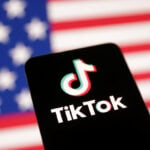 TikTok seeks to reassure U.S. employees ahead of Jan. 19 ban deadline
TikTok seeks to reassure U.S. employees ahead of Jan. 19 ban deadline
 US won't seek charges in unarmed Black motorist Ronald Greene's fatal 2019 arrest
US won't seek charges in unarmed Black motorist Ronald Greene's fatal 2019 arrest
 Euro zone households could increase consumption, ECB chief economist says
Euro zone households could increase consumption, ECB chief economist says
 Foreigners sold South Korean equities last month by most since early 2020
Foreigners sold South Korean equities last month by most since early 2020
 Trump and Biden national and homeland security staff will meet Wednesday for threat exercises
Trump and Biden national and homeland security staff will meet Wednesday for threat exercises
 As fires ravage Los Angeles, Tiger Woods isn't sure what will happen with Riviera tournament
As fires ravage Los Angeles, Tiger Woods isn't sure what will happen with Riviera tournament
 Antetokounmpo gets 50th career triple-double as Bucks win 130-115 to end Kings' 7-game win streak
Antetokounmpo gets 50th career triple-double as Bucks win 130-115 to end Kings' 7-game win streak
 No 97 Laura Siegemund upsets Olympic champion Zheng Qinwen at the Australian Open
No 97 Laura Siegemund upsets Olympic champion Zheng Qinwen at the Australian Open
